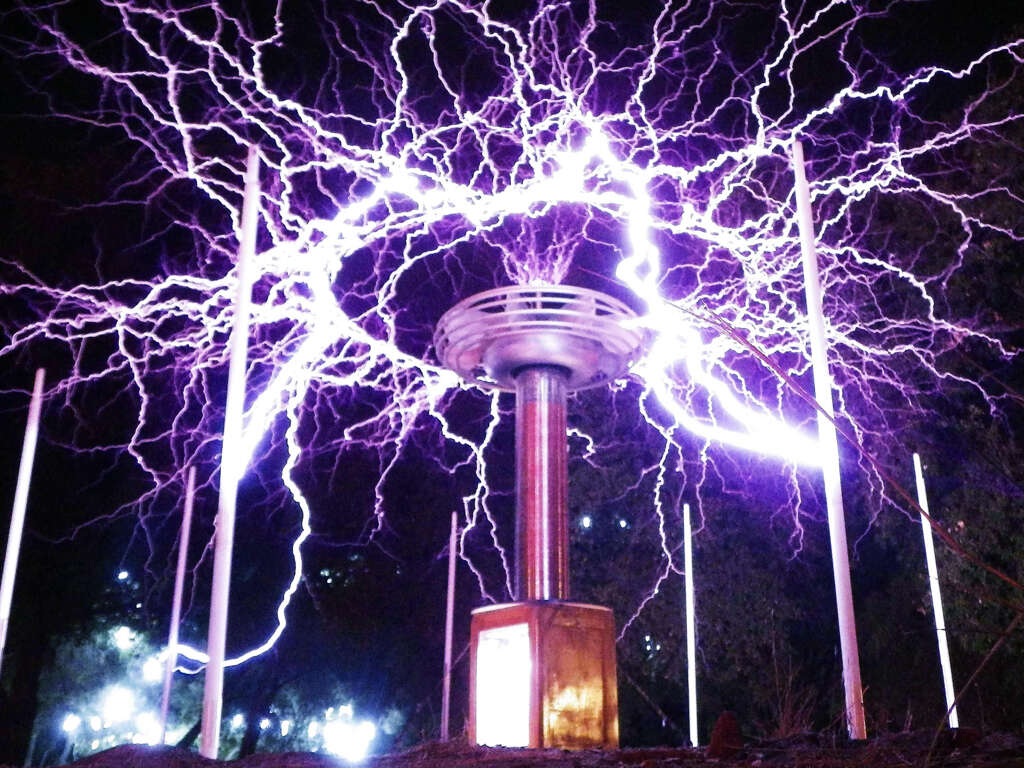What Is the Circadian Rhythm?
7. Signs and Symptoms
Patients often present with sleeplessness, difficulty initiating or maintaining sleep, experience of nonrestorative sleep, or have significant daytime impairment. It is important for physicians to elicit the pattern of the sleep-wake cycle. In DSPS, there is persistent inability to fall asleep and wake up at an acceptable time.
However, once asleep, they are able to maintain normal sleep. In ASPS, there is early evening sleep onset with early wake up time. It is important to distinguish ASPS from exogenous depression and excessive daytime sleepiness. In an irregular sleep-wake cycle, there is no recognizable sleep-wake cycle with irregularity of not only sleep but also daily activities such as eating. Physicians should elicit total sleep time, travel history, peak alertness, daytime sleepiness, cognition, snoring, medical conditions, sleep hygiene, environmental cues, and medication history.
Advertisement












